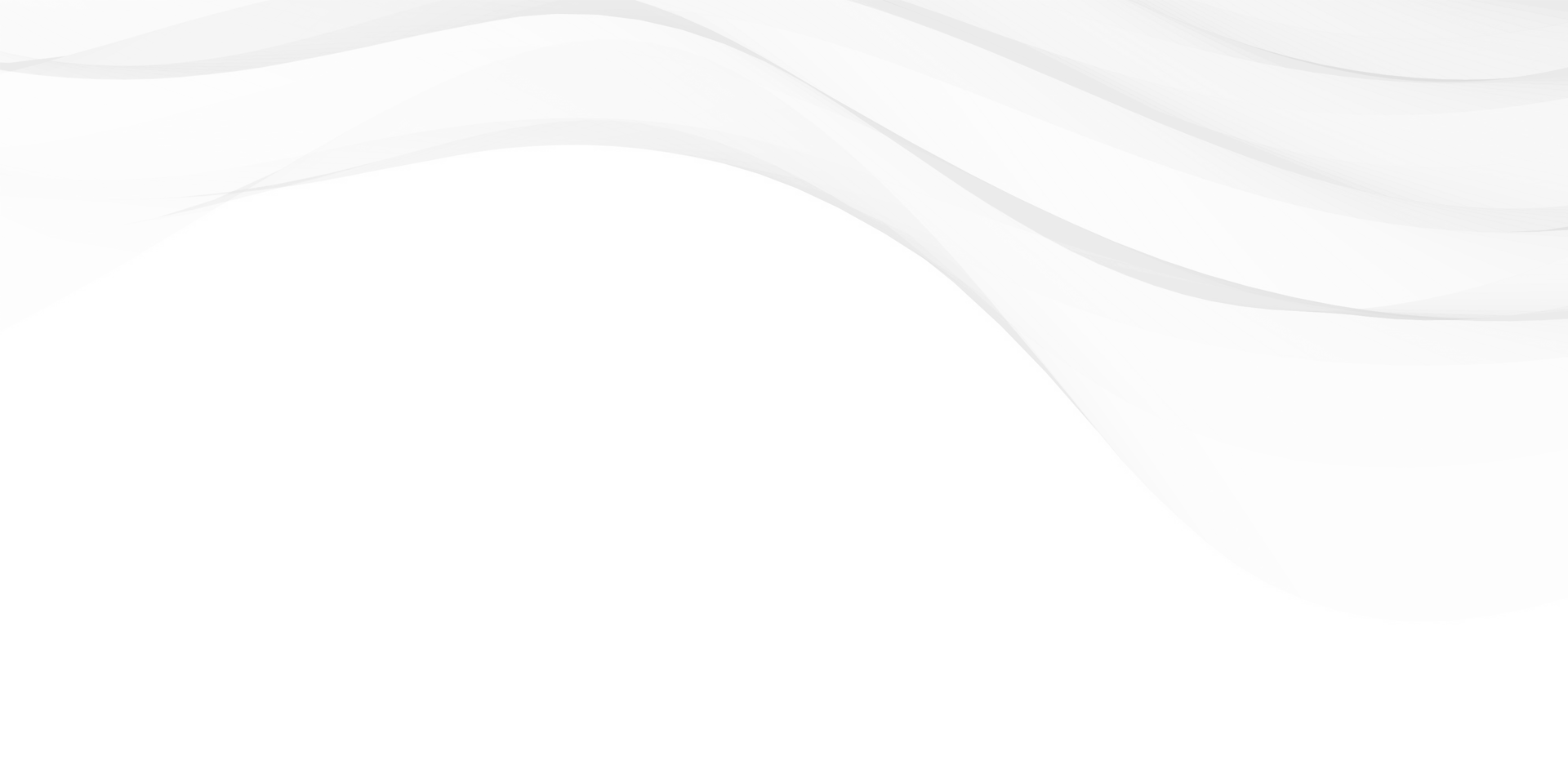Not every patient is the same, and lucky for you, not every MRI is either. At NHI, we offer a large-bore MRI and a high field open MRI giving patients two comfort options with exceptional image clarity. For added convenience, expanded evening and weekend appointment times are also available.
The cost of an MRI exam is substantially lower than the same exam performed at a local hospital. We believe that offering value, without compromise, is the right thing to do.

